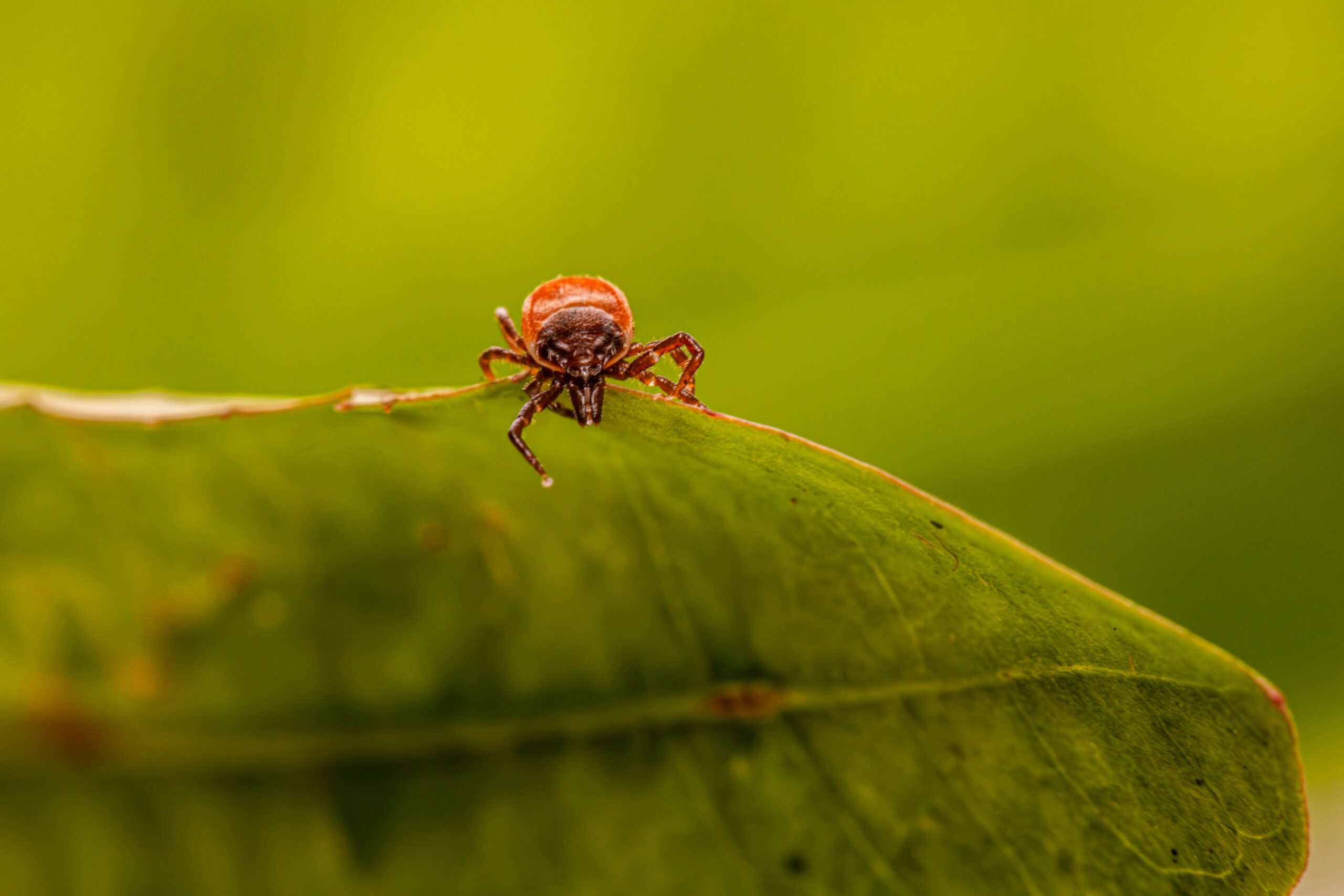What is Plague?
Plague is a severe bacterial infection caused by Yersinia pestis, a coccobacillus. It is transmitted mainly through bites from fleas that live on infected rodents. It can also spread between people via droplets, leading to epidemics. It is a notifiable disease due to its severity and potential for outbreaks.
You can ask your own question to a licensed healthcare provider here for free. It may take up to 7 days to get an answer. If you want a consultation in minutes, book now with Hope+ our premium and best health consultation service in Uganda.
Causes
- Bites from infected fleas on ground rodents
- Person-to-person transmission by droplets (especially in pneumonic plague)
Clinical Features
| Type | Features |
|---|---|
| Bubonic (A20.0) | Infection of lymph nodes (commonly femoral and inguinal) |
| Sudden high fever with chills and rigors | |
| Headache | |
| Pneumonic (A20.2) | Highly infectious and often fatal if untreated within 2 days |
| Infection localised in lungs with fever, general weakness, headache, frothy blood-stained sputum | |
| May cause respiratory and heart failure |
Important: Patients with pneumonic plague must be isolated to prevent spread.
Differential Diagnosis
- Malaria
- Typhoid
- Lymphogranuloma venereum
- Pneumonia
Investigations
- Bubo aspirate microscopy and culture
- Blood and sputum tests for presence of Yersinia pestis
Treatment
- Doxycycline 100 mg every 12 hours for 14 days
- Child (>8 years): 2 mg/kg per dose
- Alternatives:
- Chloramphenicol 500 mg orally or IV every 6 hours for 10 days (Child: 25 mg/kg)
- Gentamicin 1.7 mg/kg IV or IM every 8 hours for 7-10 days (adult and child)
Note: Gentamicin is preferred during pregnancy.
Prevention
- Health education about rodent control and flea bites
- Improving housing conditions to reduce rodent infestation
- Destruction of rodents and fleas
- Early detection and prompt treatment to reduce spread



One Response
This is a great innovation which will help many vulnerable people .